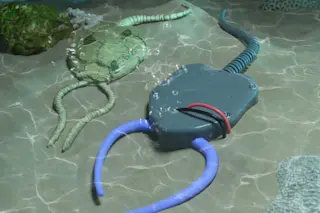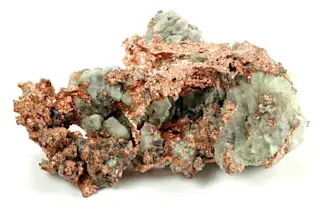Australian wildlife officials tested small drones as a possible way to drop poisoned cat bait on Christmas Island. Credit: Department of Parks and Wildlife, Western Australia In the land down under, feral cats slaughter an estimated 75 million native animals each day. That threat to biodiversity prompted the Australian government to declare it would kill 2 million feral cats over five years starting in 2015. As part of that campaign, officials plan to enlist a drone air force capable of dropping poisoned cat bait on the Australian territory of Christmas Island. During flight tests last year, a Sky Hero drone performed airborne drops of cat bait that resembles breakfast sausage links made from kangaroo meat. That proof-of-concept test showed how drones could deliver cat bait to target areas at a cost three times cheaper than hiring manned light aircraft. Starting as soon as next year, wildlife officials could use unmanned ...
Drones Set to Target Christmas Island's Feral Cats
Feral cats on Christmas Island pose a biodiversity threat, prompting Australian wildlife officials to use drones for bait dropping.
More on Discover
Stay Curious
SubscribeTo The Magazine
Save up to 40% off the cover price when you subscribe to Discover magazine.
Subscribe













